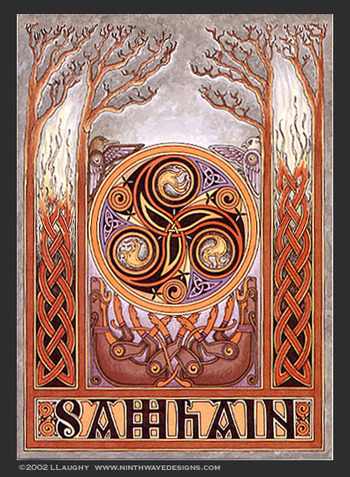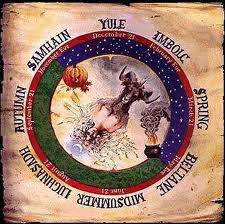Fall and the Samain Moon
Sunday gratefuls: Gabe. Fiske Planetarium. Moons of the solar system. Jupiter-85. Saturn-over 185. Io. Demos. Phobos. Luna. Titan. A Halloween Laser Show. Which included the hit single from my high school days: The Monster Mash. Spending time with the Gabester. That Hogwarts lego set he’s got his eye on. Boulder. 25 square miles surrounded by reality. My kinda place. Illegal Burger. Israel. Keshet. Gaza. Civilians on both sides. War. The rules of war. Blood lust and longlasting mistakes. Diplomats. Massless demons. (no, really. look’em up) Happy Halloween. A weak version of Samain
Sparks of Joy and Awe: Grandkids
One brief shining: Lying back in the recliner chairs of the Fiske Planetarium Gabe and I listened as the student astronomer worked the audience filled with young kids, some in costumes some not, and then introduced Mars by asking does anyone know why Mars is red and an adult said iron, she said right, has any one ever seen a rusty nail, a small young voice piped up in eager response, “I have!”

 We’re nearing Samain, the start of the Celtic New Year. Halloween as you may know gets its background nature from Samain. A time considered by the Celts to have a thinned veil between this world and the other world. So ghosts and faeries and goblins and all such creatures could cross from the Other World and enter this one. Humans, too, could cross over into the Other World but had to be careful of being trapped in Faery. Very similar in concept to the Day of the Dead. If you haven’t seen the Disney movie Coco, this is a great time to watch it.
We’re nearing Samain, the start of the Celtic New Year. Halloween as you may know gets its background nature from Samain. A time considered by the Celts to have a thinned veil between this world and the other world. So ghosts and faeries and goblins and all such creatures could cross from the Other World and enter this one. Humans, too, could cross over into the Other World but had to be careful of being trapped in Faery. Very similar in concept to the Day of the Dead. If you haven’t seen the Disney movie Coco, this is a great time to watch it.
On the Great Wheel Samain is the last of the three harvest festivals. The first one, Lughnasa, begins on August 1st and celebrates the first harvest. The first fruits of the growing season. The second, Mabon, falls on the autumnal equinox and celebrates the main harvest when the bounty of the growing season comes in insuring food for another year. Samain, which means, Summer’s End, marks the end of the growing season and the start of the long fallow time when the food from Mabon has to last until well into Spring.
 To some it may seem odd to have the New Year begin at the start of the fallow time, but it makes sense to me. The fallow time allows time for rest, for leisure for hardworking subsistence farmers. A time when they could consider their lives, at least for a bit, enjoy their families. The Celtic Faery Faith, the great work by Walter Evans-Wentz, featured his recounting of the stories he heard around peat fires in the evenings in Ireland. During the fallow time. As you may know, Evans-Wentz went on to gain fame as the first translator of the Tibetan Book of the Dead.
To some it may seem odd to have the New Year begin at the start of the fallow time, but it makes sense to me. The fallow time allows time for rest, for leisure for hardworking subsistence farmers. A time when they could consider their lives, at least for a bit, enjoy their families. The Celtic Faery Faith, the great work by Walter Evans-Wentz, featured his recounting of the stories he heard around peat fires in the evenings in Ireland. During the fallow time. As you may know, Evans-Wentz went on to gain fame as the first translator of the Tibetan Book of the Dead.
Though I’m almost a Jew by conversion, I retain my Great Wheel sensibilities. I’ve always said that it is an ur-faith, one that can be held by all while following more traditional religious paths, too. The earth is our common mother, one each of us needs to honor and cherish and have faith in.
